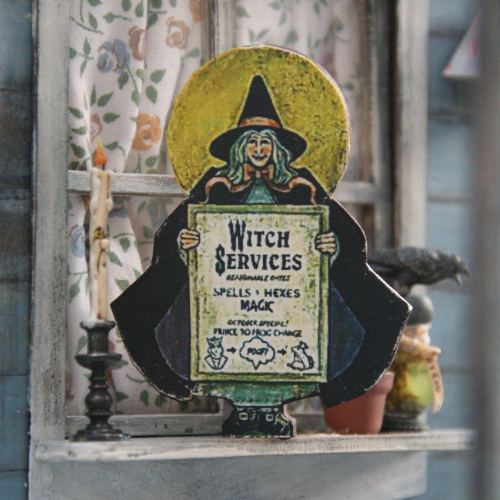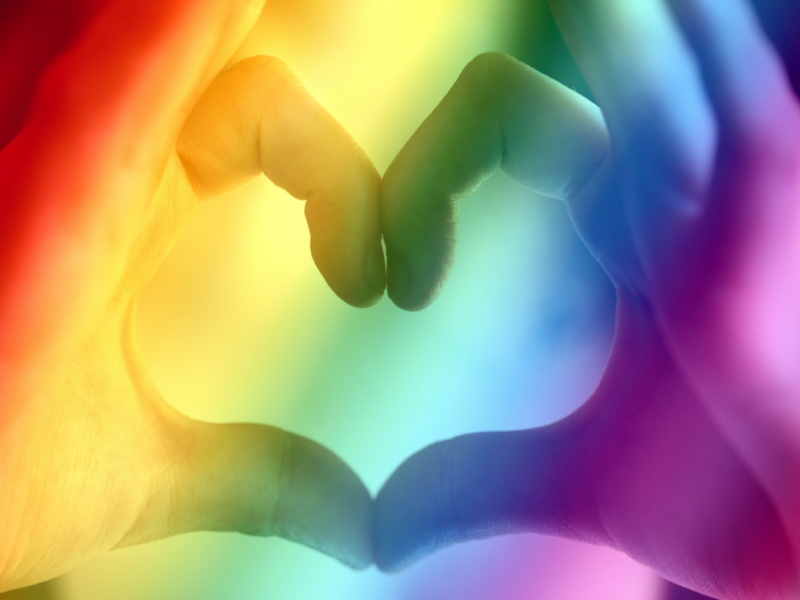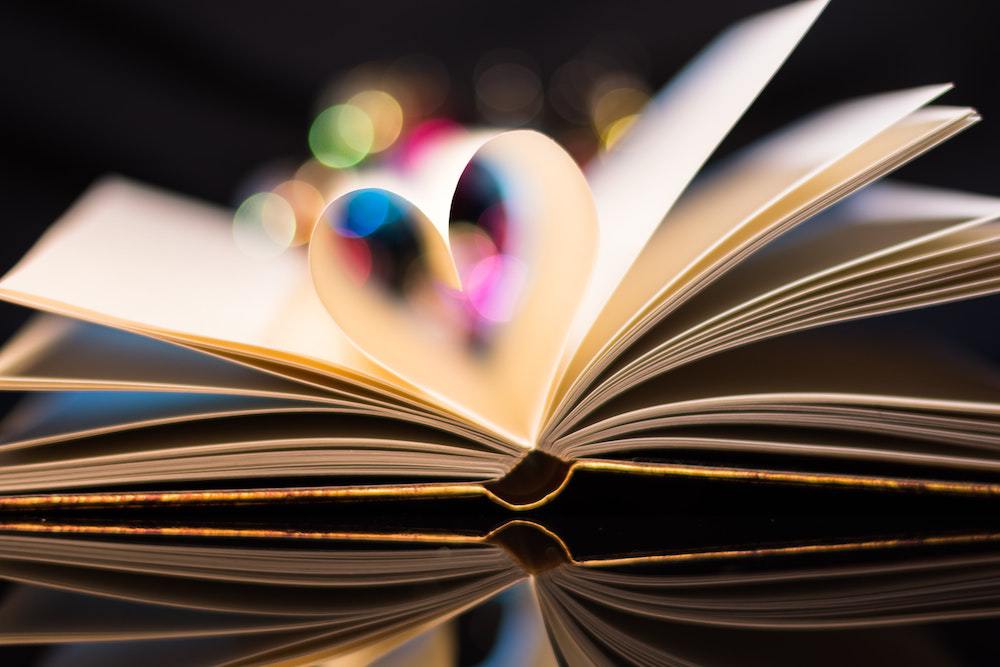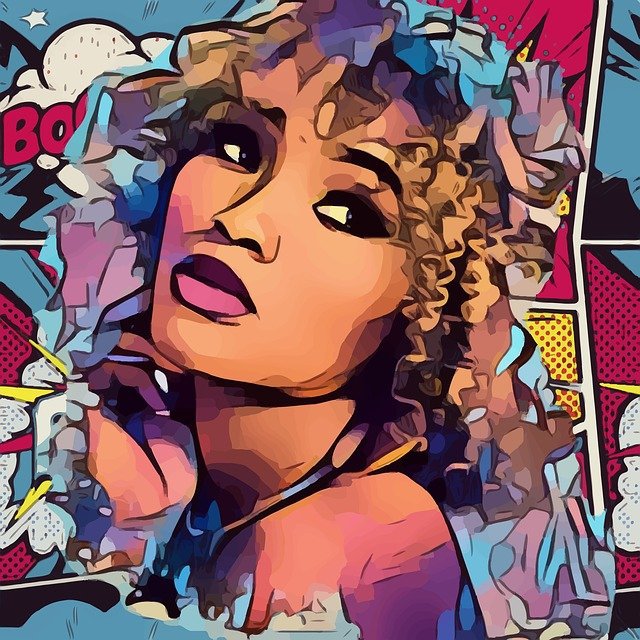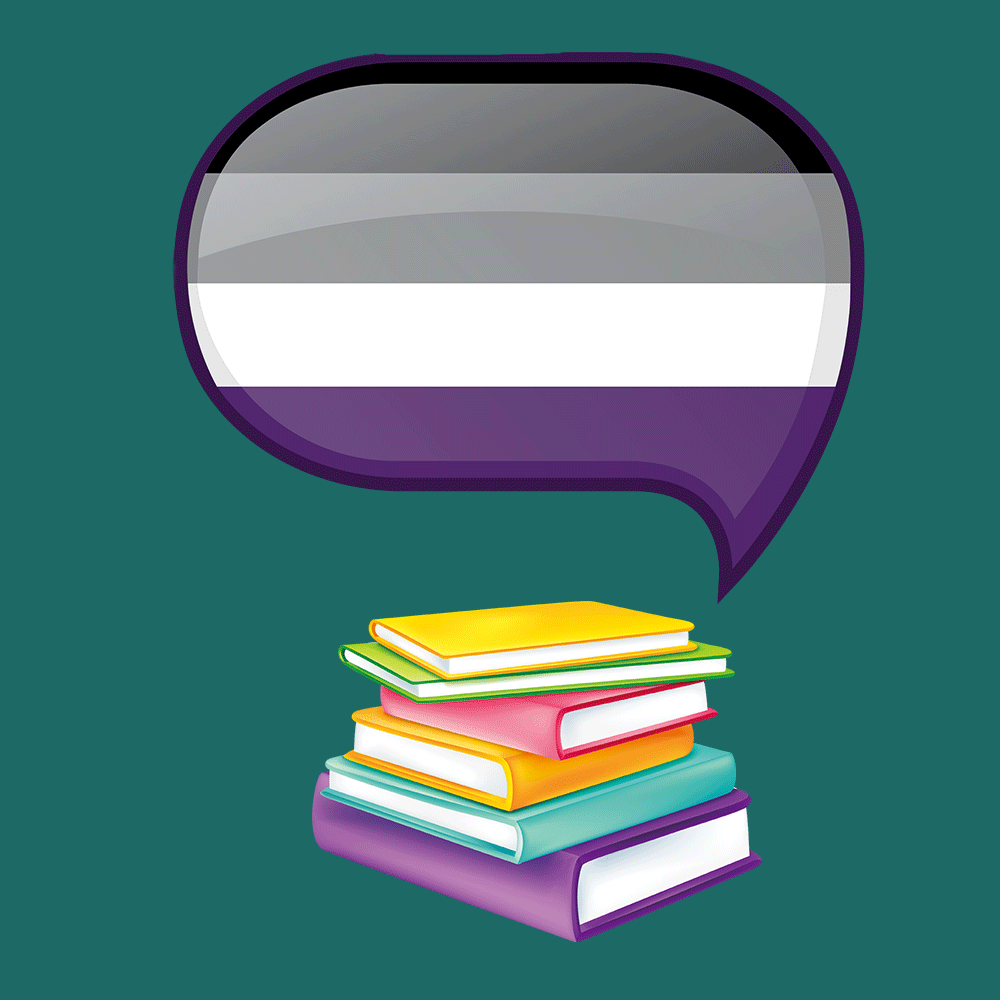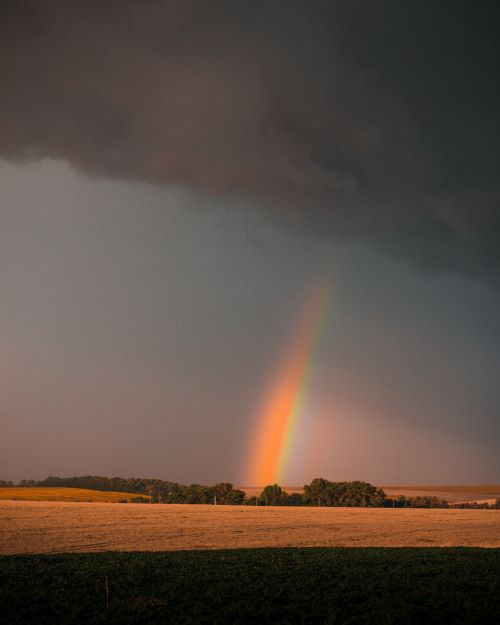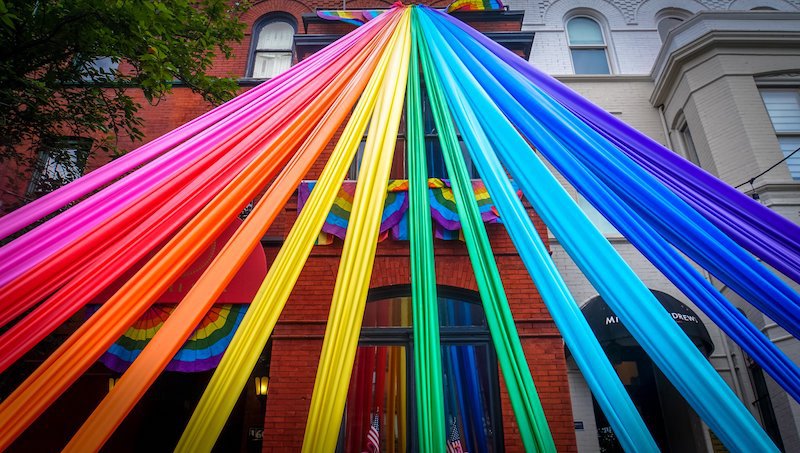What Happens When a Book is Banned?
As a kid, I remember asking a librarian to show me where I could find “books about magic”… I remember the horror—and slight amusement—on the librarian’s face as she turned to my dad and I and proclaimed, “Oh, we don’t have those here. Those types of books are banned.”

